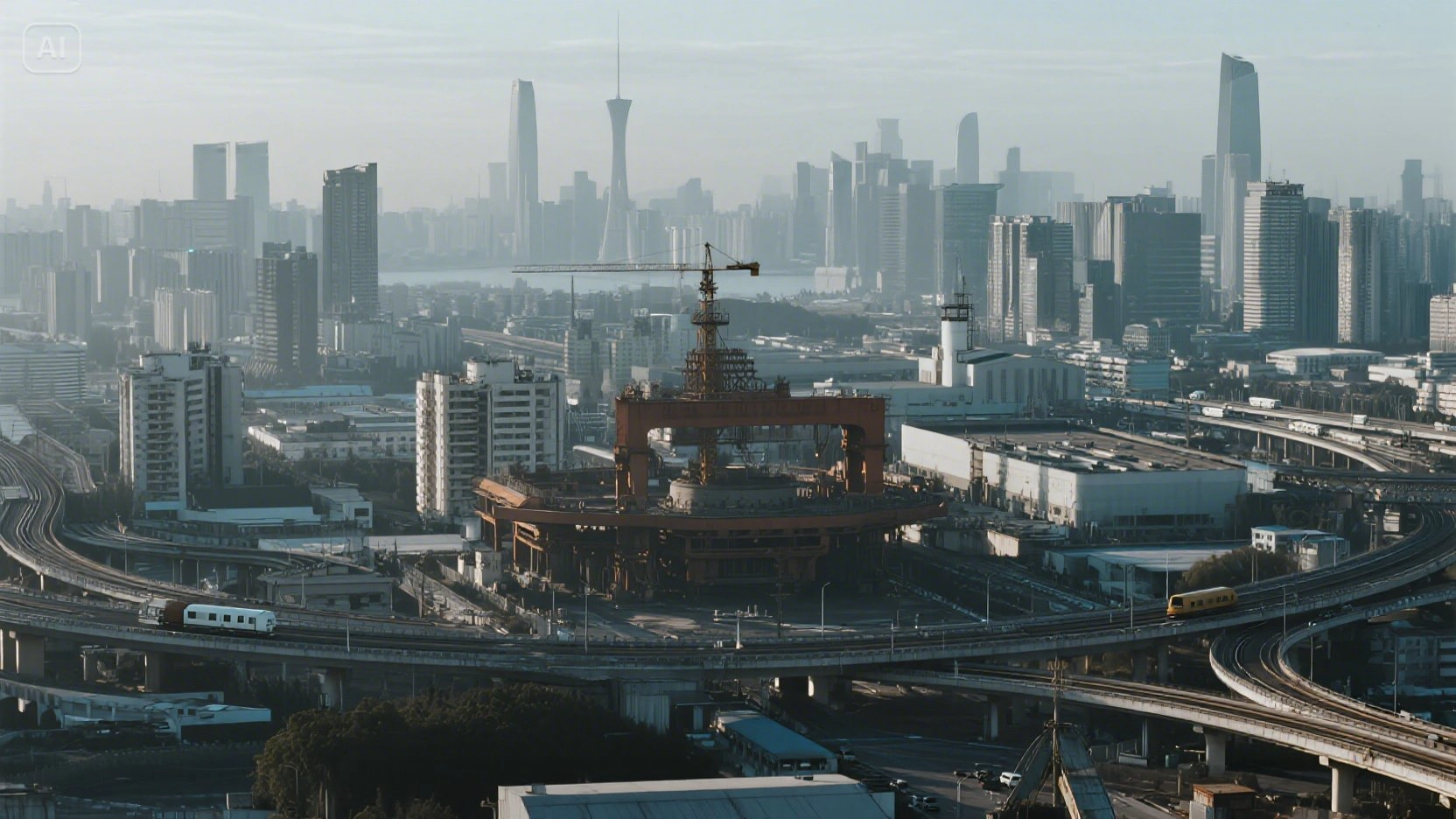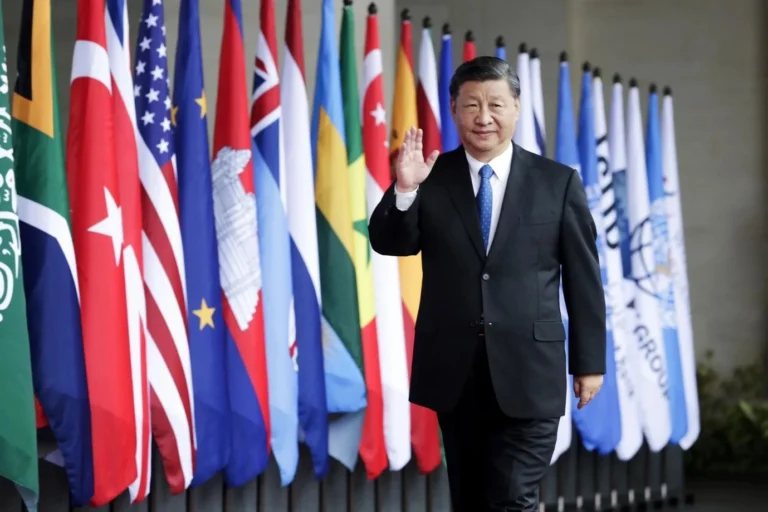China’s Economic Jitters Send Ripples Across Global Markets

China’s Economic Jitters Send Ripples Across Global Markets
BEIJING, Pakistan – July 21, 2025 – China’s, long the engine of global growth, is showing increasing signs of an economic slowdown, raising concerns among investors and policymakers worldwide. While official figures still report a respectable 5.2% GDP growth for Q2 2025, a deeper dive into the underlying data reveals persistent weaknesses in its crucial real estate sector, elevated unemployment rates, and struggling manufacturing output, all of which are casting a shadow over the country’s economic stability and, by extension, the global economy. 📉
Real Estate Sector Remains a Major Drag
The ailing real estate sector continues to be a primary source of economic anxiety. Years of overdevelopment, coupled with tightening government regulations and a shrinking population, have led to a significant housing glut and falling property prices. This has had a cascading effect, eroding consumer confidence (as real estate accounts for a substantial portion of household wealth), increasing financial instability for developers burdened with massive debts, and reducing local government revenues. 🏗️ Many property owners feel less wealthy, leading to a decline in consumer spending, a crucial component of GDP.
Unemployment Woes Deepen Social and Economic Strain
Unemployment, particularly among youth, remains a significant challenge. While the official urban unemployment rate hovers around 5%, many analysts believe the true figure is considerably higher, with some reports suggesting youth unemployment reaching nearly 20% earlier this year. This has led to a growing sense of financial insecurity among the populace, with many struggling to find stable, well-paying jobs. The lack of job opportunities and persistent pessimism in the labor market are directly impacting domestic consumption and creating social unrest. 🧑💼
Manufacturing Output Faces Headwinds
Despite a recent uptick in exports due to a temporary reprieve from US tariffs, China’s manufacturing sector is not out of the woods. Weak domestic demand, coupled with global trade uncertainties and a trend toward nearshoring (companies relocating production closer to their end markets or to lower-cost countries), continues to pressure Chinese factories. While industrial production figures still show growth, the decline in new export orders and overall demand, as reported by some surveys, suggests underlying fragility. This puts downward pressure on prices, contributing to deflationary concerns and potentially impacting global supply chains. 🏭
Global Implications and Outlook
The slowdown in China’s economy has significant implications for global markets. As the world’s second-largest economy and a major trading partner for many nations, China’s struggles can lead to reduced demand for raw materials and manufactured goods, affecting commodity prices and export-oriented economies worldwide. While Beijing has introduced stimulus measures and vowed to address these challenges, the effectiveness and long-term impact of these policies remain to be seen. The coming months will be crucial in determining whether China can navigate these headwinds and restore confidence in its economic trajectory.











